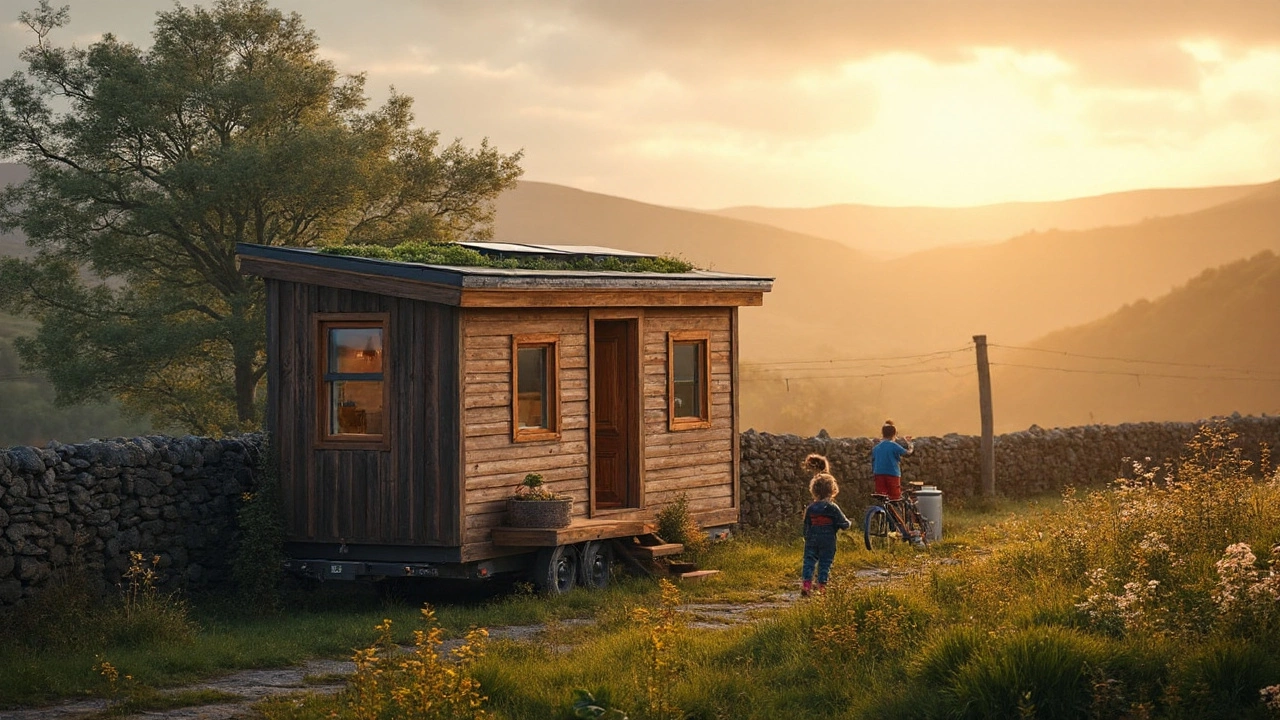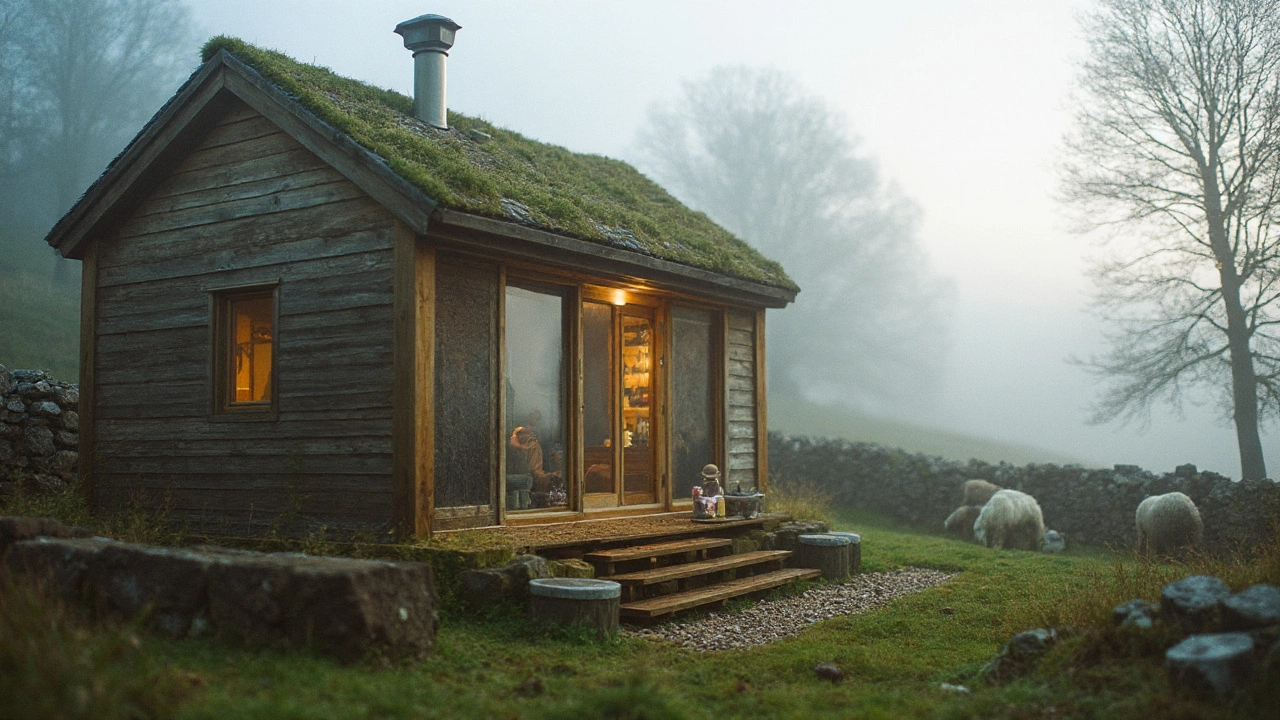Eco-Friendly Tiny Houses: Your Guide to Green Cottages
Looking for a compact retreat that doesn’t hurt the planet? Tiny houses fit the bill perfectly. They’re small enough to keep heating and cleaning simple, yet clever design tricks make the space feel surprisingly roomy. When you add eco‑friendly features – solar panels, rainwater collection, recycled timber – you end up with a getaway that’s light on your wallet and light on the environment.
Why Tiny Houses are a Sustainable Choice
First off, size matters. Building a 300‑square‑foot cottage uses far less timber, concrete and steel than a traditional country house. That cut in material means lower carbon emissions right from the start. Most tiny‑house owners also choose high‑efficiency appliances, LED lighting and a compact heating system, so the energy bill stays tiny.
Solar panels are a common add‑on. A modest 2‑kW array can power lights, a small fridge and a laptop without pulling from the grid. Some properties even pair solar with a battery pack, so you store excess energy for cloudy days. Water‑wise solutions like rain barrels or grey‑water systems further shrink the environmental footprint.
Because the footprint is small, many tiny houses sit on portable foundations. That means you can move them to a new plot if the landowner changes plans, reducing waste from demolitions. It also opens up siting options – think secluded woodland glens, riverbanks or even a repurposed barn yard.
How to Find and Book an Eco‑Friendly Tiny House
Our site, Charming UK Cottages, tags each tiny house with its green credentials. Look for listings that mention solar power, low‑energy heating, natural insulation or sustainable materials. The description will often list the type of wood used or whether the property has a composting toilet.
When you spot a house you like, check the calendar for off‑peak dates. Booking in the shoulder season not only saves money, it also spreads tourism more evenly, which is better for the local ecosystem. If you’re flexible, you can even request a short stay to test the space before committing to a longer holiday.
Don’t forget to read the house rules. Some eco‑friendly homes ask guests to separate waste, limit shower time, or turn off lights when not in the room. Following these simple steps helps keep the place green for the next visitor.
Finally, reach out to the owner if you have any questions about the sustainable features. Most are happy to explain how the solar system works or give tips on using the wood‑burning stove safely. That conversation can also reveal hidden gems – a nearby community garden, a free bike‑share program or a local guide who knows the best low‑impact hikes.
In short, choosing an eco‑friendly tiny house lets you enjoy a peaceful break while doing right by the planet. Small size, smart design and green tech combine to give you a cozy, low‑impact retreat anywhere in the UK. Ready to pack a bag and step into a greener holiday? Browse our tiny‑house collection and book the perfect sustainable stay today.
How Tiny Houses Are Eco‑Friendly: Energy, Materials, and Real Numbers (2025)
Tiny houses cut energy, materials, water, and waste. See the numbers, design steps, and checks that actually make a tiny home eco-friendly in 2025.
- Sep, 16 2025
- 0 Comments
How Tiny Houses Are Eco-Friendly: Real Benefits, Data, and Design Tips (2025)
Do tiny houses really help the planet? Get the data, trade-offs, and practical design moves that shrink energy, water, and materials-without shrinking your life.
- Sep, 13 2025
- 0 Comments

